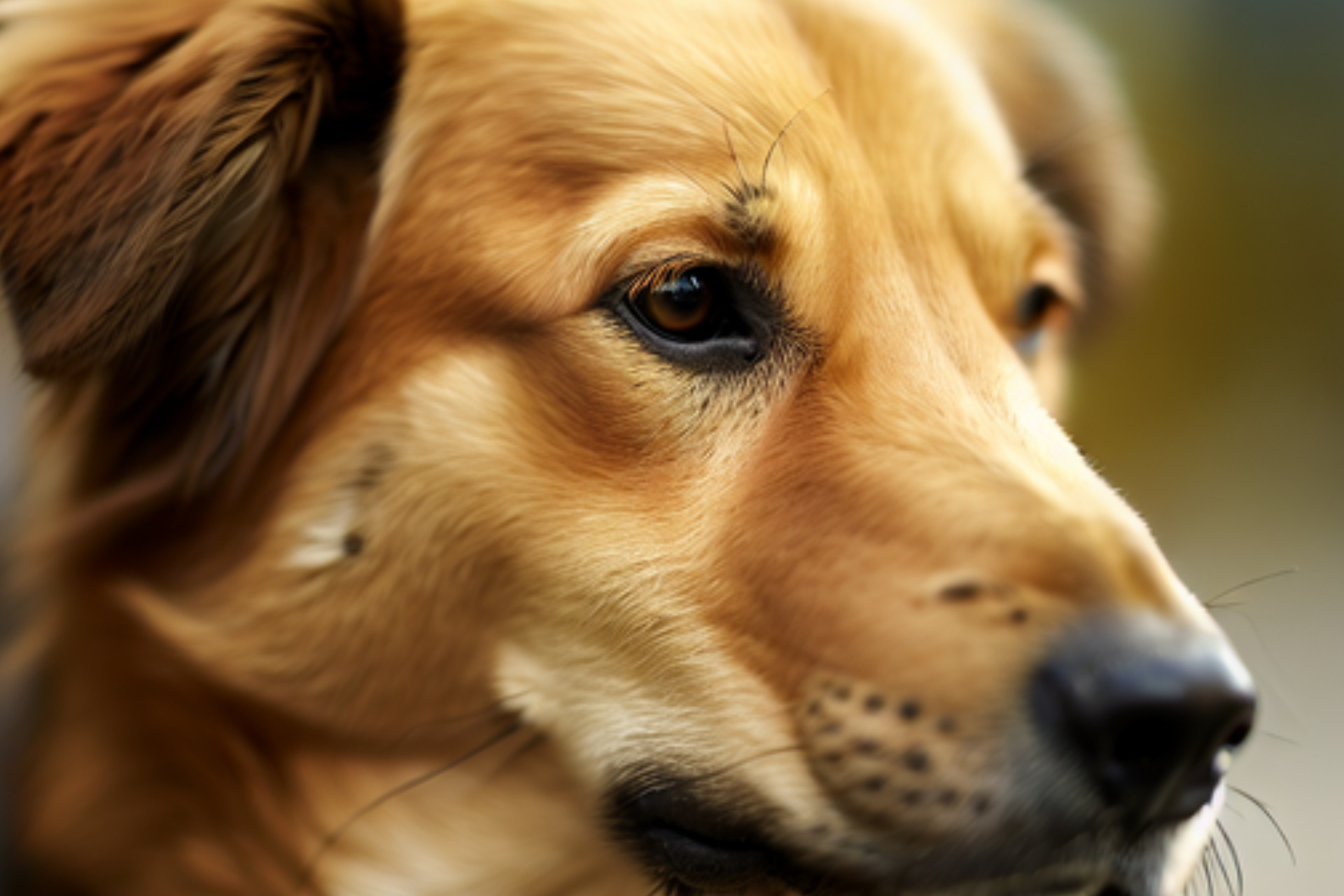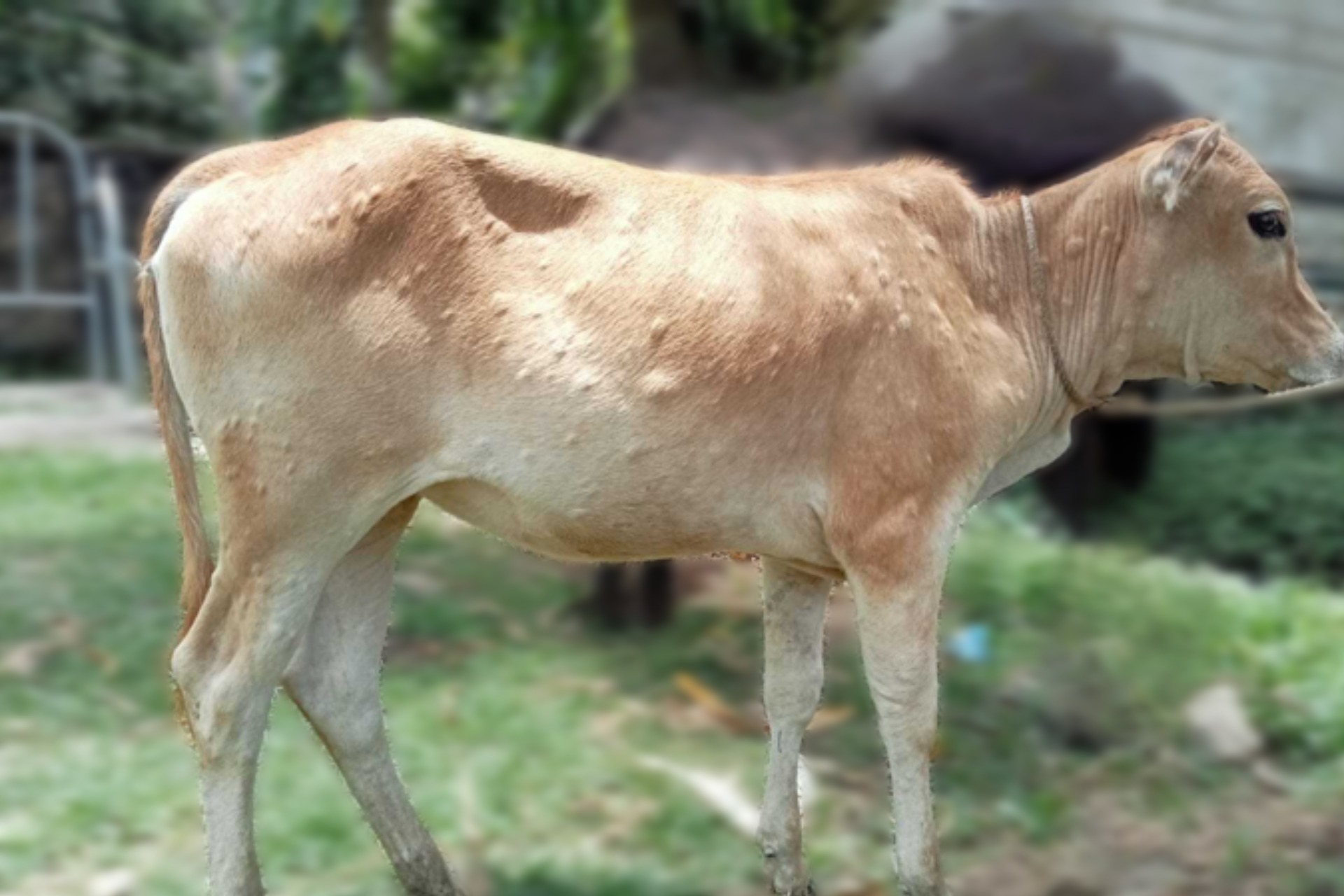
Canine Distemper Signs Symptoms Diagnosis and Treatment
Canine distemper is a contagious viral disease that affects dogs and can cause respiratory, gastrointestinal, and nervous system symptoms. This article provides insights into the signs, symptoms, diagnosis, and treatment options for canine distemper. Learn how vaccination plays a vital role in prevention and why immediate veterinary care is crucial for affected dogs.

Understanding Infectious Bursal Disease (IBD) in Poultry
Infectious bursal disease (IBD) is a highly contagious viral infection that affects young chickens, causing inflammation and destruction of the bursa of Fabricius, a vital organ in their immune system. It is transmitted through the oral-fecal route and can spread through contaminated feed, water, equipment, and personnel. The disease is most severe in birds between 3 and 6 weeks old but can affect birds of any age. Diagnosis involves clinical signs, gross lesions, and laboratory tests. While there is no specific treatment, supportive therapy and vaccination are important preventive measures to control IBD and protect poultry flocks.

Common Duck Diseases: Overview, Symptoms, Diagnosis, and Prevention
Ducks, like any other living creatures, are susceptible to various diseases that can impact their health and productivity. From viral infections like Duck Viral Enteritis and Duck Hepatitis to bacterial diseases like Duck Cholera, understanding the epidemiology, symptoms, and prevention measures is crucial. Vaccination, strict biosecurity protocols, and proper hygiene practices play a vital role in safeguarding duck populations. Timely detection and intervention, along with supportive care, contribute to maintaining a healthy flock and ensuring the well-being of these beloved birds.

Cat Nutrition-Understanding and Meeting Your Feline Friends Dietary Needs
Excerpt: Understanding and meeting your cats dietary needs is essential for their overall health and well-being. Cats require a diet rich in animal-based protein, such as meat, poultry, fish, and eggs, to thrive. Fats are also important for energy and promoting healthy skin and coat. While cats can derive some energy from carbohydrates, their requirements are lower compared to other species. Its crucial to provide a balanced diet that includes essential vitamins and minerals. Additionally, following feeding guidelines based on your cats age and life stage, and avoiding common feeding mistakes, can help ensure a happy and healthy feline companion.

Managing Lumpy Skin Disease in Cattle: Effective Treatment Options and Best Practices
Excerpt: Managing lumpy skin disease in cattle requires a multi-faceted approach. This includes understanding the disease, recognizing its signs and symptoms, implementing preventive measures, and following best practices for treatment and management. Vaccination, strict biosecurity protocols, and proper quarantine procedures are crucial. By working closely with veterinarians and adopting these strategies, cattle owners can effectively control and minimize the impact of lumpy skin disease, safeguarding the health and well-being of their herds.

Understanding and Addressing Common Cat Health Problems: Proven Strategies for a Thriving Kitty
To ensure the well-being of your cat, it's important to understand and address common health problems. Regular veterinary check-ups help detect issues early. Preventive measures like balanced nutrition and exercise are key. Be aware of symptoms for respiratory, dental, digestive, skin, and urinary problems. Prompt veterinary care is necessary. Treatments may include medications, dietary changes, and environmental modifications. Chronic conditions require long-term management with the help of your veterinarian. By being proactive, you can promote a healthy and thriving life for your cat. Schedule a veterinary check-up today to prioritize their ongoing health and well-being.











